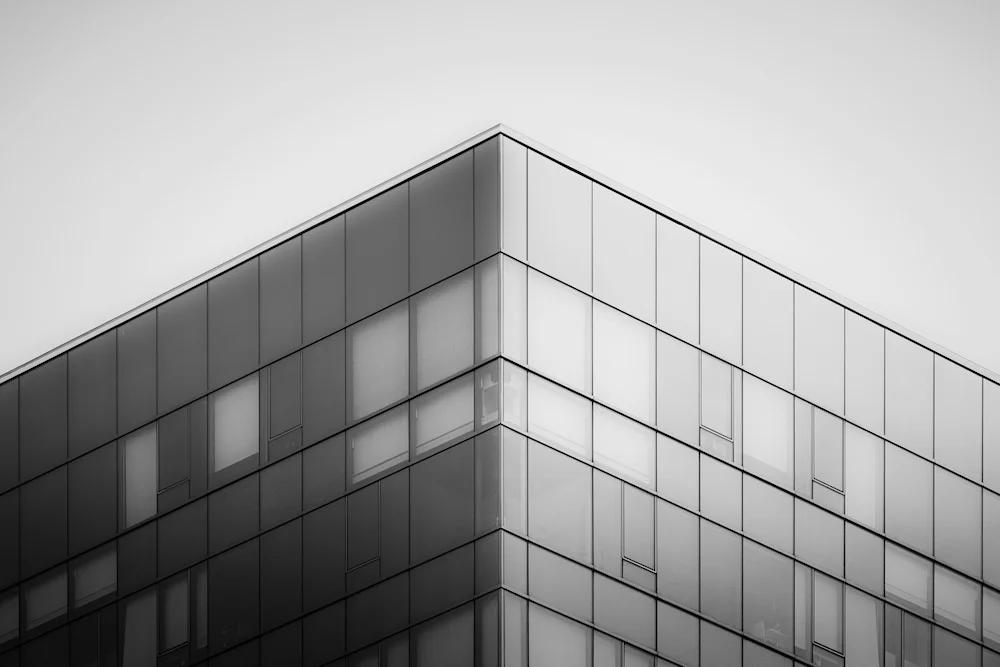- Blog
- Shaping the Future of Our Built Environment
Shaping the Future of Our Built Environment
Sustainability as Standard
Sustainability is no longer optional—it's a defining principle. Architects are prioritizing eco-friendly materials such as recycled wood, bamboo, and carbon-negative concrete, and designing buildings that aim for net-zero energy consumption.
Green roofs, living walls, and passive house principles are commonplace, improving energy efficiency and reducing environmental impact. Adaptive reuse—repurposing existing structures—is also on the rise, minimizing waste and preserving cultural heritage.
Technology and Smart Design
The digital revolution is reshaping how buildings are conceived and experienced. Artificial intelligence (AI) and big data are optimizing everything from spatial layouts to energy use, allowing for more responsive and efficient designs.
Building Information Modeling (BIM), virtual reality walkthroughs, and smart materials—such as self-tinting glass and interactive surfaces—are now integral to the design process.
Smart homes and cities, equipped with IoT devices, enable real-time control of lighting, climate, and security, creating adaptive environments that enhance comfort and sustainability.

Human-Centric and Flexible Spaces
Modern architecture is increasingly about creating spaces that foster connection, adaptability, and well-being. Open, multifunctional layouts are replacing compartmentalized rooms, allowing spaces to evolve with users’ needs. The blending of indoor and outdoor environments—through features like floor-to-ceiling windows, retractable walls, and rooftop gardens—strengthens our connection to nature and supports healthier lifestyles.
Clean lines, uncluttered spaces, and natural materials create environments that are both calming and efficient. The concept of "emotional design" is gaining traction, focusing on spaces that not only look good but also feel good, promoting mental and physical well-being.
Resilience and Adaptability
With climate change and urbanization posing new challenges, resilient design is critical. Architects are creating structures that can withstand extreme weather, adapt to changing uses, and support aging populations with features like single-floor living and elevators for "aging in place". Modular and prefabricated construction methods offer speed, cost-effectiveness, and the ability to quickly respond to housing shortages or shifting urban needs.
Notable Projects and Visionary Architects
2025 is set to witness the completion of several groundbreaking projects that embody these trends:
- Shanghai Grand Opera House (Snøhetta): A cultural hub with a fan-shaped roof and community-driven design.
- Expo 2025 Osaka Masterplan (Sou Fujimoto): A wooden ring symbolizing unity and sustainability.
- Fondation Cartier, Paris (Jean Nouvel): Adaptive reuse of a historic palace, blending heritage with contemporary design.
- King Abdullah Financial District Metro Station, Riyadh (Zaha Hadid Architects): Futuristic forms and modular construction for urban mobility.
- Benin National Parliament (Kéré Architecture): A government building inspired by indigenous gathering spaces, emphasizing cultural identity and sustainability.
Visionary architects like Frank Gehry, Zaha Hadid, Norman Foster, and Renzo Piano continue to push the boundaries of what is possible, shaping cities with innovative forms, sustainable practices, and a deep respect for both art and technology.